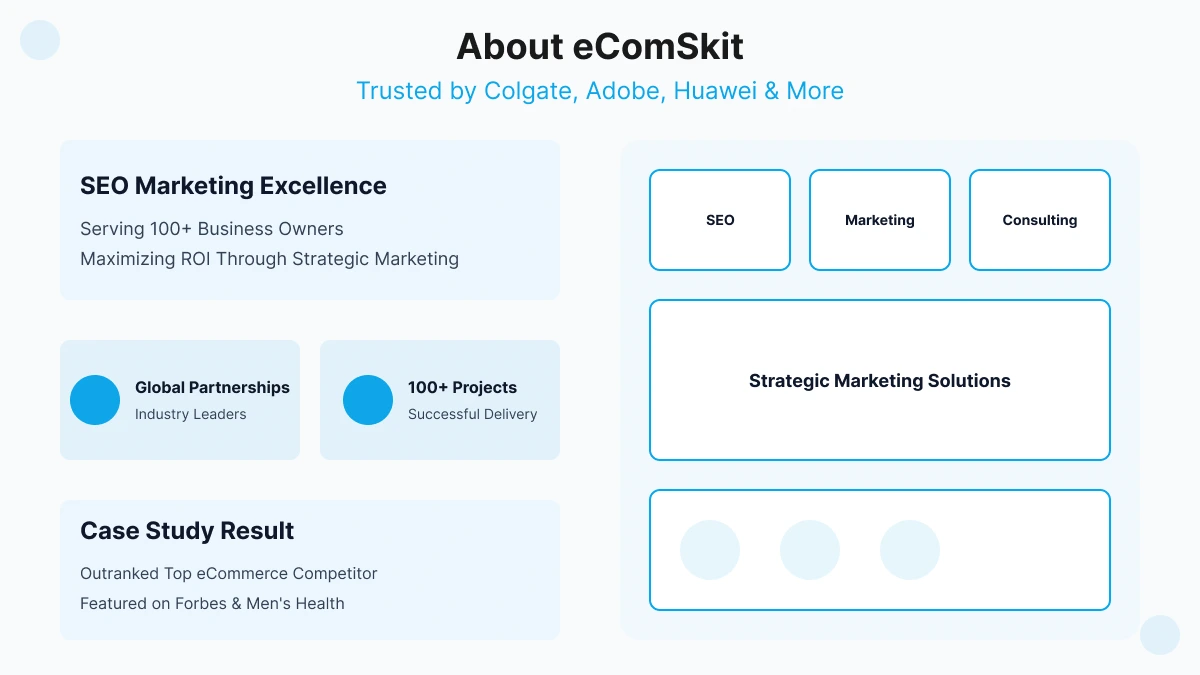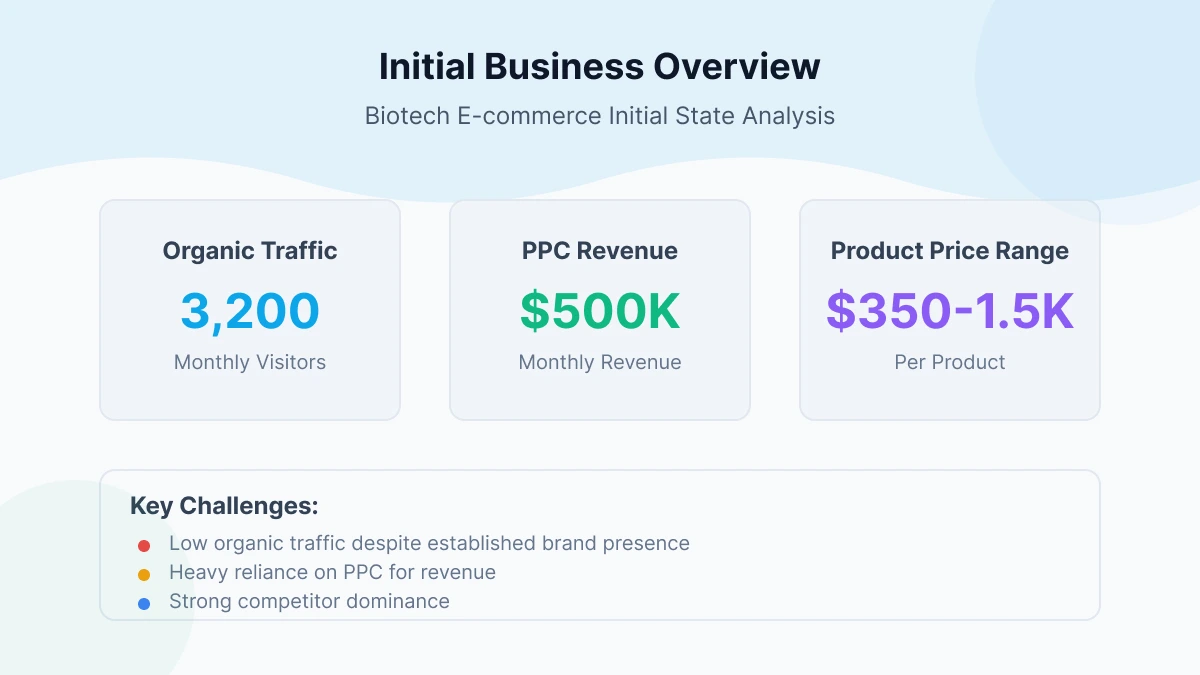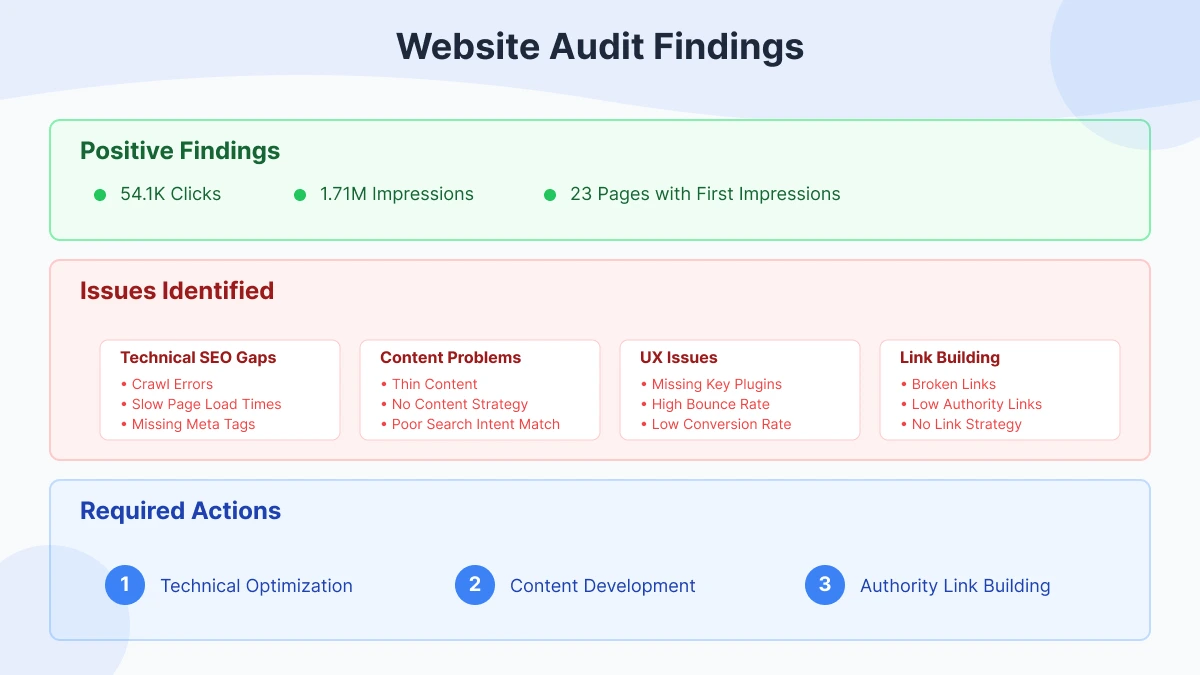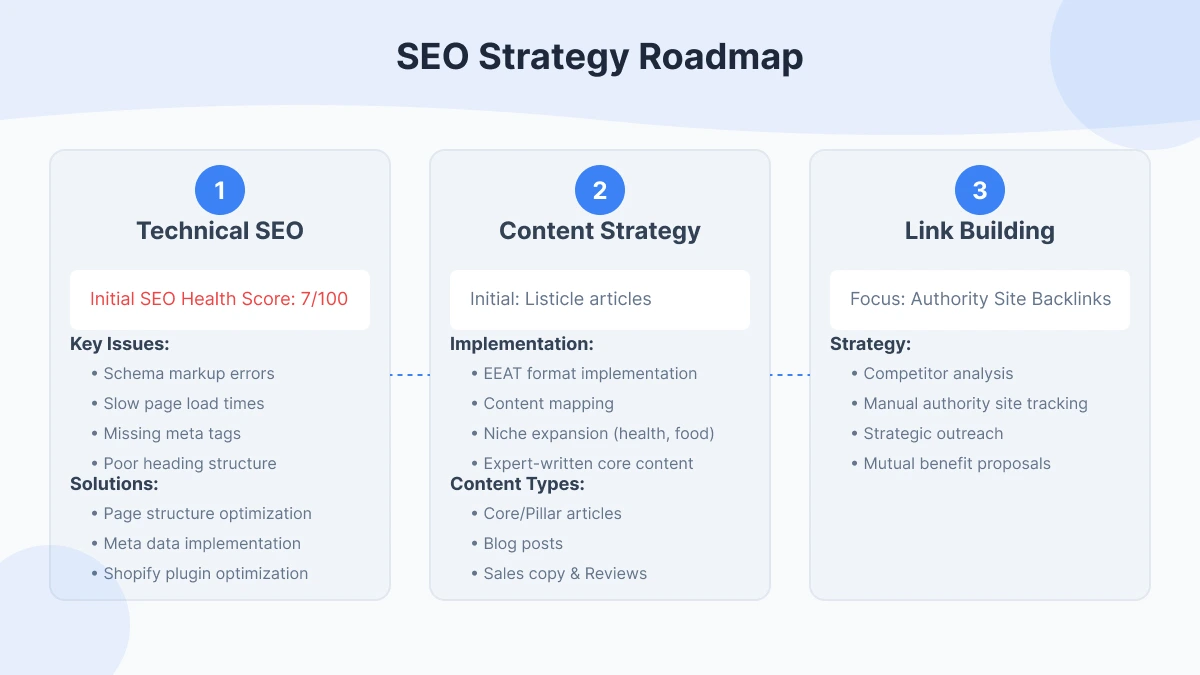Making a Content Strategy
We all are aware of the phrase "Content is King". Even if it might sound exaggerating, but is true. We already said that the existing content was very thin. Some were even pretty irrelevant. So, the content gap was huge. The website only had:
- Listicle articles
- Product descriptions
Our top priority in this step was to create a sound blog section. In ecommerce SEO marketing, the best way to generate conversion is by covering every subject of the niche for topical authority. It builds trust, authoritativeness, and expertise.
In short, we needed to implement Google's EEAT format.
To cover everything, we performed a thorough content mapping to figure out which topics we needed to write on. During this phase, we found out that the niche is quite compact. For this, the scope to make new articles was low too.
Then we got an idea, we made a list of those niches that were relevant to biotech. Like health, food, fitness, etc. I made a list of those keywords that would also match with the main niche.
We divided the writing into two segments. Core articles, Pillar content, etc. were assigned to the dedicated members of the client's team. As they had been working for years in this sector, we could say that they were niche experts. They wrote the articles, and we optimized them for the search engine.
The benefit of doing this was to gain depth and expertise in the writing. Other articles such as blogs, sales copy, reviews, etc. were our parts of the job. As this content was only to gain traffic, niche expertise wasn't required.
In short, a wholesome SEO-friendly content set was implemented on the website with a proper publishing schedule.





